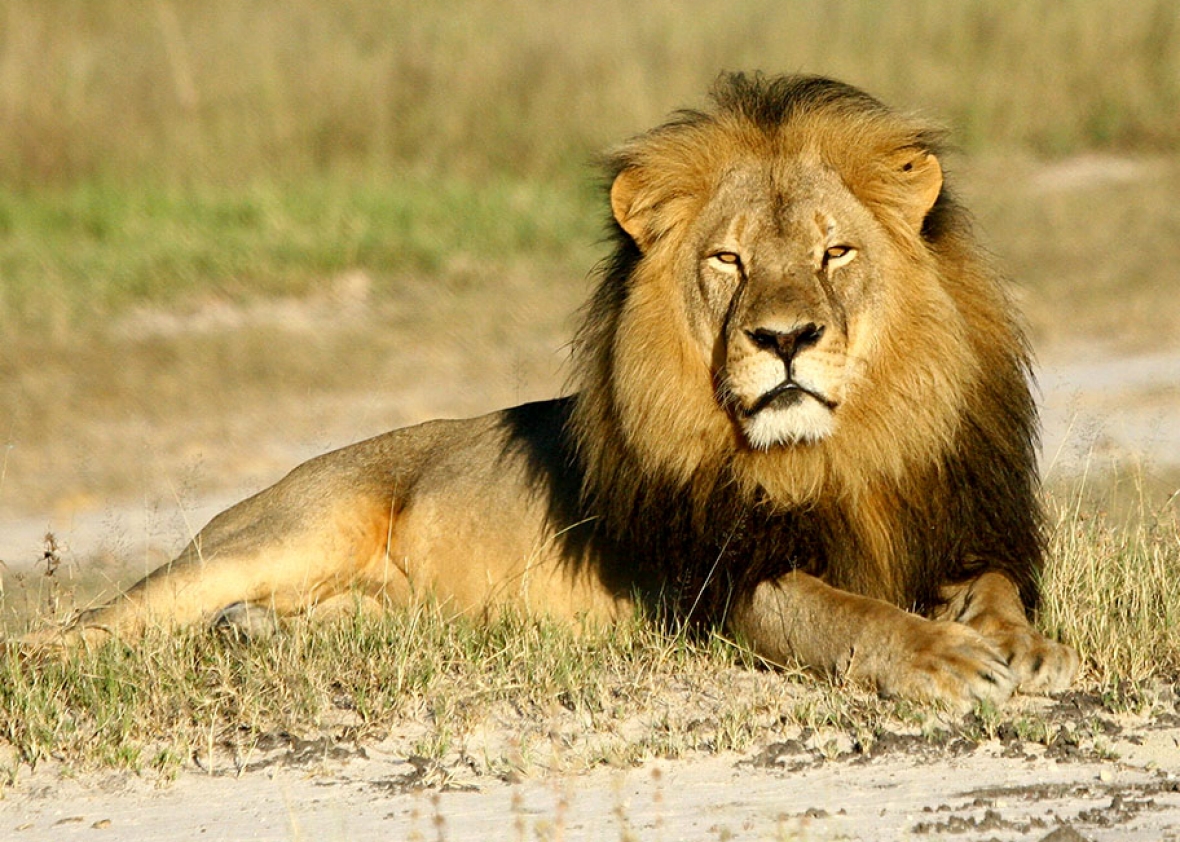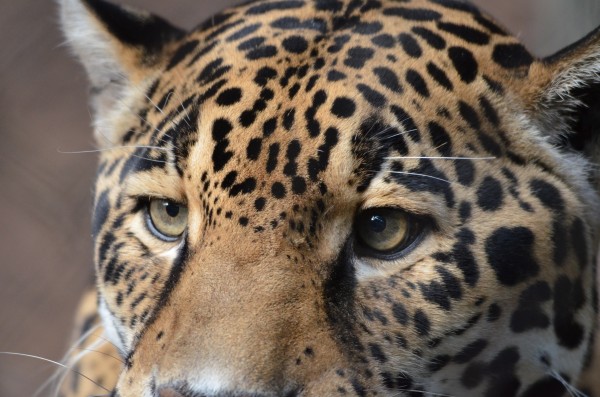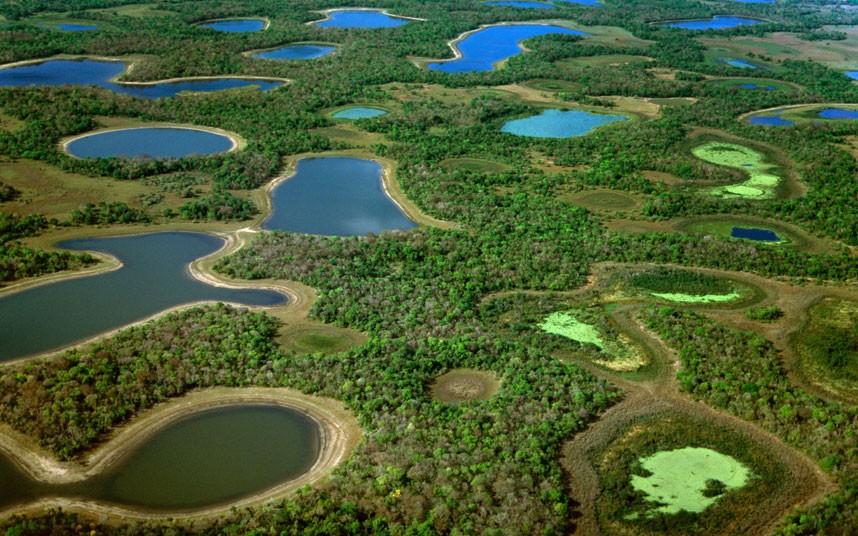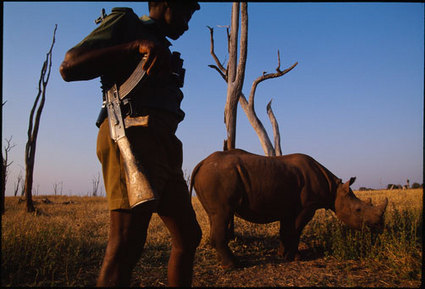As winter descends on the Northern hemisphere, the costal waters surrounding Florida begin to cool. Warm waters that see temperatures in the low 80s for most of the year drop to the mid 60s and below. For the West Indian manatee, or manatee for short, sustained water temperatures of 65° F and below can be incompatible with life. Luckily for these underwater mega-herbivores Florida is home to several freshwater springs that maintain a constant temperature of 70-72°F year-round. Estuaries and rivers leading from the Gulf of Mexico and Atlantic Ocean give easy passage to these winter havens. …
The Manatees Return





